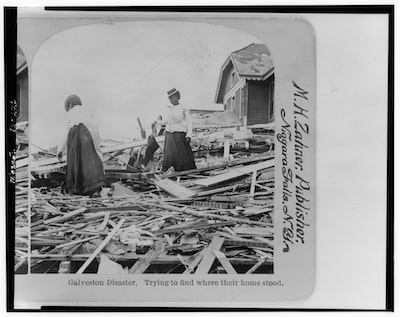Did you know that wire damage causes nearly 70% of all electrical failures? It’s a shocking truth that not many people are aware of. From frayed insulation to corrosion, there are a myriad of factors that can lead to wire damage.
Even something as seemingly innocuous as a small animal chewing on a wire can result in a catastrophic failure. The consequences of wire damage can be dire, ranging from power outages to electrical fires.
Understanding what causes materials to fail is crucial in preventing such disasters. So next time you see a frayed wire, don’t ignore it – it could be the key to preventing a major catastrophe.
Stay informed, stay safe.
Uncovering Common Causes of Wire Damage
It’s important to recognize signs of wire damage to prevent hazards and costly repairs. Damaged wires compromise the electrical system and can be unsafe. Regular inspections and maintenance are key to keeping wires efficient and long-lasting. Understanding common causes of damage and using quality materials and proper installation techniques can reduce the risk of failures.

Effects of Environmental Factors on Wire Materials
When wires stop working properly, they can disrupt electrical connections and be dangerous. Recognizing signs of wire deterioration, like fraying or overheating, is key to stopping failures. Regular inspections and maintenance are important for keeping wire systems safe and preventing issues. By fixing problems right away and using good materials, wires can last longer and avoid sudden failures.

Importance of Proper Installation Practices
These factors can cause corrosion, weakening the wire and compromising its integrity. Improper installation practices, like bending or overloading the wire, can also lead to damage. Physical damage from impact or abrasion can result in wire failure.

Signs and Symptoms of Wire Deterioration
Over time, wires can wear out and lose insulation, which can lead to hazards like short circuits or fires. It’s important to regularly check wires for signs of damage, like fraying or discoloration, to prevent problems and keep electrical systems safe. To prevent wire deterioration, use quality materials, proper installation, and follow industry standards. Also, protect wires from moisture, extreme temperatures, and physical damage to extend their lifespan. By staying proactive and fixing issues quickly, you can reduce the risk of wire deterioration and keep electrical systems efficient.

Strategies for Preventing Wire Failures
The Institute of Electrical and Electronics Engineers (IEEE) provides valuable insights and best practices for maintaining the integrity of electrical wiring systems. By adhering to IEEE’s recommendations, such as proper insulation, correct wire sizing, and regular inspections, the risk of wire failures can be significantly reduced. Additionally, implementing proactive measures, such as using high-quality materials and investing in professional installation services, can help safeguard against wire material failure.
By addressing potential issues before they escalate, homeowners and businesses can ensure the safety and reliability of their electrical systems. Regular maintenance, prompt repairs, and staying informed about the latest industry advancements are key strategies in preventing wire material failure and maintaining a secure electrical infrastructure.
Expert Tips for Extending Wire Lifespan
Proper wire management is crucial for preserving the longevity and efficiency of your electrical system. By adhering to manufacturer guidelines, using high-quality materials, and regularly checking wires for wear, you can extend their lifespan and decrease maintenance expenses. Consult an expert for tips on how to enhance wire longevity and ensure top performance.
American Wire Works: Setting the Standard for Excellence in the Wire Manufacturing Industry
American Wire Works, the unsung hero of the wire manufacturing industry, offers a level of customer service that is truly unparalleled. From their superior customer service to their commitment to providing only the highest quality wire products, American Wire Works sets the standard for excellence in the industry.
With quick turnaround times and responsive customer service, they truly go above and beyond to meet their customers’ needs. When it comes to wire materials being damaged, American Wire Works is the go-to solution.
Their expertise in manufacturing and distributing industrial wire products ensures that you can depend on them for all your wire needs. Trust American Wire Works to provide the best wire solutions, no matter the challenge.
Frequently Asked Questions
Common causes of wire damage include corrosion, exposure to extreme temperatures, physical damage from bending or crushing, and poor installation practices.
To prevent wire damage, it is important to use high-quality materials, regularly inspect wires for signs of wear or damage, avoid overloading circuits, and follow proper installation guidelines.
Wire damage can lead to electricity failures, fires, and other safety hazards. It can also result in costly repairs and downtime for businesses. Therefore, it is crucial to address wire damage promptly to prevent further complications.
Takeaway
In a world where technology reigns supreme, the fragility of wire materials may seem like a minor inconvenience. However, the causes of wire damage are as complex as they are varied.
From environmental factors such as exposure to extreme temperatures and moisture to human errors like improper handling and installation, the possibilities are endless. It is this enigmatic dance of destruction and repair that keeps the world of wires forever spinning.
So next time you encounter a frayed wire, take a moment to ponder the mysterious forces at play behind its demise. Who knows, you may just uncover a whole new world of wonder and intrigue.












































